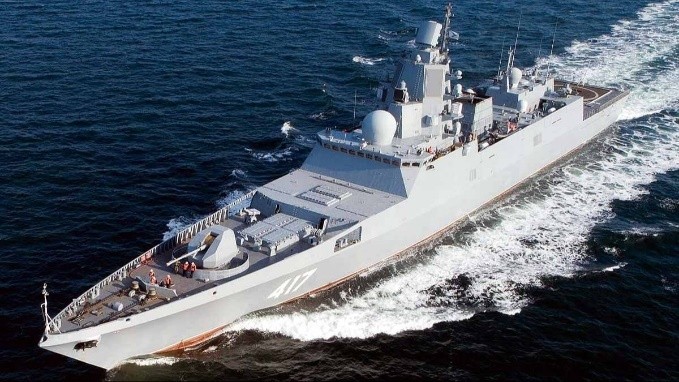Now Reading: INS Tamal to Be Commissioned on July 1: Marks End of India’s Warship Imports
-
01
INS Tamal to Be Commissioned on July 1: Marks End of India’s Warship Imports
INS Tamal to Be Commissioned on July 1: Marks End of India’s Warship Imports

India is set to commission INS Tamal, its last imported warship, on July 1, marking a significant moment in the country’s journey toward maritime self-reliance. As the Indian Navy shifts focus to indigenous shipbuilding, this development highlights the growing strength of India’s defence manufacturing sector. For coastal regions and defence-linked industries in Tier 2 cities, the move signals opportunities for local growth and strategic innovation.
A Turning Point in Naval Modernisation
INS Tamal, an advanced patrol vessel, will officially join the Indian Navy fleet in early July. This marks the final chapter in India’s reliance on foreign-built warships. Going forward, all naval vessels are expected to be designed and built domestically under the ‘Aatmanirbhar Bharat’ initiative.
The commissioning of INS Tamal is not just symbolic — it represents the culmination of years of planning, partnerships, and technological adaptation.
Focus Shifts to Indigenous Defence Manufacturing
Over the last decade, India has made steady progress in building destroyers, frigates, submarines, and aircraft carriers at home. Shipyards in Kochi, Visakhapatnam, and Goa are now equipped to handle large-scale naval projects.
This shift directly benefits smaller cities like Kanpur, Coimbatore, and Bhubaneswar, where precision engineering units and materials suppliers are supporting defence manufacturing. It opens doors for skilled labour and MSMEs to contribute to national security.
Why It Matters for India’s Strategic Autonomy
Owning the capability to build and maintain warships ensures that India is not dependent on foreign nations during critical times. It also allows faster upgrades, better maintenance, and operational independence for the Navy.
This becomes particularly important as India plays a growing role in securing the Indo-Pacific region, countering maritime threats, and strengthening naval partnerships with countries like Australia, France, and Japan.
Economic and Employment Boost for Tier 2 Cities
Cities beyond the metros are increasingly participating in defence contracts, supplying parts, electronics, and materials for naval equipment. Defence corridors in Uttar Pradesh and Tamil Nadu have already begun generating employment and infrastructure development.
Students from engineering colleges in Nagpur, Indore, and Ranchi are now looking at defence R&D as a promising career path, thanks to internships and recruitment drives linked to naval and aerospace projects.
Conclusion
With INS Tamal’s commissioning, India draws the curtain on its era of warship imports and embraces a new chapter of self-reliance at sea. This milestone not only strengthens national security but also empowers local industries, boosts employment, and inspires innovation in Tier 2 cities. As India builds its own maritime future, the waves of change are reaching far beyond the shoreline.






















